Description
The roots of Aswagandha smells like Horse(Aswa), so it is called Aswagandha.
Ayurveda, the traditional system of medicine practiced in India can be traced back to 6000 BC (Charak Samhita). For most of these 6000 years Ashwagandha has been used as a Rasayana. Ashwagandha (Withania somnifera, fam. Solanaceae) is commonly known as “Indian Winter cherry” or “Indian Ginseng”. It is one of the most important herb of Ayurveda (the traditional system of medicine in India) used for millennia as a Rasayana for its wide ranging health benefits. Rasayana is described as an herbal or metallic preparation that promotes a youthful state of physical and mental health and expands happiness. These types of remedies are given to small children as tonics, and are also taken by the middle-aged and elderly to increase longevity. Among the ayurvedic Rasayana herbs, Ashwagandha holds the most prominent place. It is known as “Sattvic Kapha Rasayana” Herb (Changhadi, 1938). Most of the Rasayana herbs are adaptogen / anti-stress agents.
Active Ingredients of Ashwagandha
The active Ingredients of Aswagandha are
- Alkaloids
- Steroidal Lactones like withanolides, withaferins
- Saponins
- Sitoindosides
- Cylsterylglucosides
- Withaferin-A.
Sitoindosides and acylsterylglucosides in Ashwagandha are anti-stress agents.
Classification of Ashwagandha
- Kingdom : Plantae
- Subkingdom : Tracheobionta
- Division : Magnoliophyta
- Class : Magnoliopsida
- Subclass : Asteridae
- Order : Solanales
- Family : Solanaceae
- Genus : Withania
- Species : W. somnifera
- Zoological name : Withania somnifera
Habitat of Ashwagandha
Ashwagandha is a small shrub that grows to 1.5 meters tall. It is related to the tomato and has small yellow flowers that turn to red fruits about the size of a raisin. This plant is native to India, parts of Africa and the Mediterranean.
Uses & Effectiveness
- Adaptogenic – Ashwagandha is also used as an “adaptogen” to help the body cope with daily stress, and as a general tonic.
- Low Testosterone and Infertility for Men – Aswagandha is found to increase the Testosterone Level, increases the sperm count and sperm motility and lowers the possibility of Infertility for men.
- Increases the Muscle mass and Strength – Aswagandha is found to increase the glucose utilization in the body and increases the Muscle mass and Strength.
- To Reduce Fat – Aswadandha may reduce the Fat in the body.
- For Hyper cholesterol and Hyperlipidemia – Aswadandha may control the Hyper cholesterol and Hyperlipidemic condition.
- For Reduced Brain Function and Memory – Aswadandha is found to increase the brain function and increases the Memory.
- Leucoderma/Vitiligo – In Leucoderma or Vitiligo, which has not manifested for more than 2 years may get cured by Aswagandha. If the patches are little reddish or pinkish in color then Aswagandha may give good results.
- Edema in Legs – If the patient suffering from chronic amoebiasis and there is a accumulation of water in the legs, Aswagandha can be used along with Centella Asiatica (Thankuni). This may give good results.
- Lean and Thin Child/Adolescent – Aswagandha can be given initially one capsule a day and gradually it can be increased to two capsules a day.
- Respiratory discomfort of the Children – Mix Aswagandha dust with mastered oil and dab it on the chest and back of the child.
- Abscess – Mix Aswagandha dust with hot water in a proportion to make it a paste and apply on the abscess. This may give good Results.
Contraindications
Contraindications have not been identified.
Ayurvedic Properties of Ashwagandha
- Vajikara- Increases sexual desire
- Rasayani- Rejuvenates the body
- Balya- Increases strength
- Ati shukrala- Improves quality and quantity of semen
- Shwitrapaha- Useful in management of white discoloration of the skin
- Shothahara- Useful in management of edematous conditions.it helps clear impurities (Ama) from the various channels of the body.
- Kshayapaha- Useful in treating emaciation and under nutritive conditions
Effect on Doshas
Pacifies Kapha and Vata Doshas is useful in management of all diseases originating from aggravated Kapha and Vata.
Bio Energetics of Ashwagandha
| Hindi | Sanskrit | English | |
| Rasa | Kashaya | Taste | Tikta,Bitter |
| Veerya | Sheet | Potency | Warm |
| Vipaka | Katu | Post-digestive effect | Sweet |
| Guna | Laghu | Characteristics | Light, Unctuous |
Side Effects of Ashwagandha
Ashwagandha is generally considered well-tolerated in small to medium doses. But there haven’t been enough long-term studies to examine possible side effects.
Pregnant women should avoid using ashwagandha because it can cause early delivery.
Another potential concern for Ayurvedic herbs is that the manufacturers aren’t regulated by the U.S. Food and Drug Administration (FDA). This means they aren’t held to the same standards as pharmaceutical companies and food producers.
One study funded by the National Center for Complementary and Integrative HealthTrusted Source found that 21 percent of 193 productsTrusted Source (made in both the United States and India) had levels of lead, mercury, and/or arsenic that were above what’s considered acceptable for human daily intake.


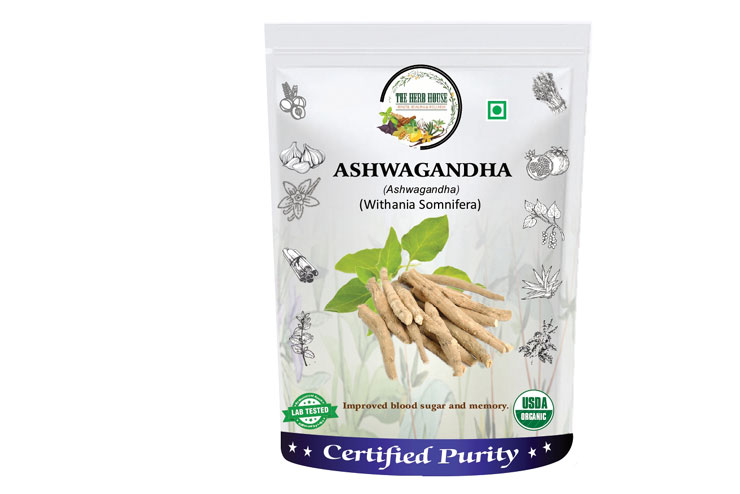
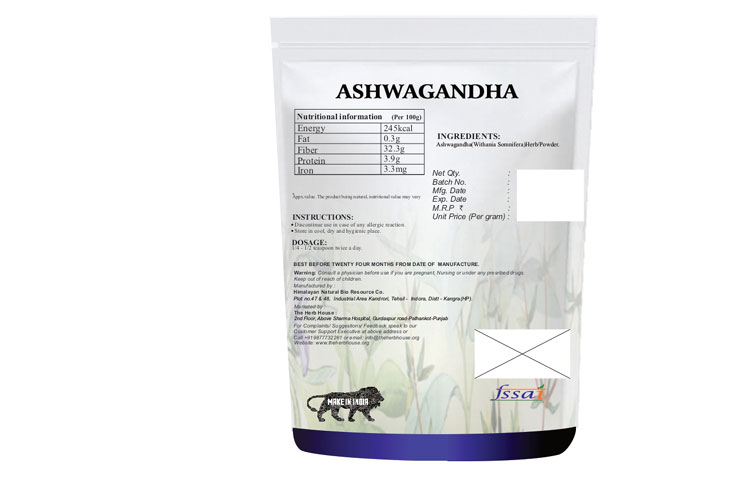
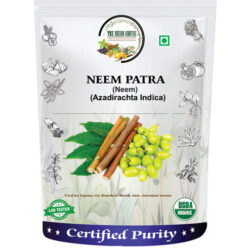
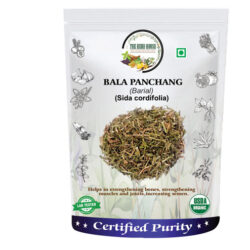
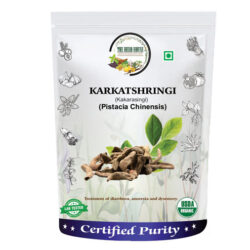
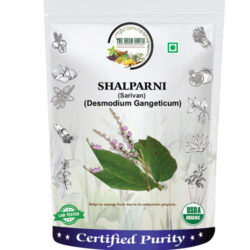
Reviews
There are no reviews yet.